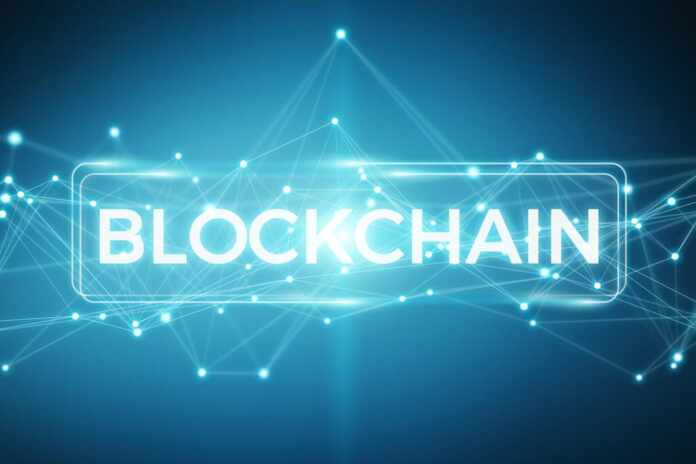Blockchain is an alternate to conventional centralized structures (such as the traditional banking system), it is an essential component of several cryptocurrencies. However, it is not just beneficial for cryptocurrencies; blockchain has other possible uses in other markets and sectors (although Gartner predicts that 90 percent of such projects for supply chains will fizzle out in 2023). Later in the post, we’ll go through some of these future applications. This guide to blockchain and its working will be useful for you. A theoretical concept of blockchain technology is a distributed and open shared ledger built on a P2P (peer-to-peer) system. This scheme may be freely distributed among its users to provide an immutable database of transactions. – of these transactions has a timestamp and is inextricably linked to the previous chain connection. When a new transaction is made, the new details create a new block at either the end of the chain. If you wish to invest in crypto currency then choose only leading platforms like Oil Profit.
How Does Blockchain Work?
Now that we know what blockchain is, it’s time to investigate the various components of that same process and address the query, “How would blockchain work?” To put it plainly, blockchain operates as a timestamped set of data records maintained by a collection of computers that are not owned by any particular organization, person, or company. The data blocks (which are, therefore, referred to as “blocks”) are linked to one another using cryptographic rules, creating the eponymous “chain.”
- If it is used for money transfers or product monitoring, any blockchain transaction follows the same steps. The essential operation upon any blockchain can be divided into four distinct, sequential steps:
- Each transaction is recorded. This document, which includes some information about the parties involved in the transaction, is verified using each person’s digital signature.
- Every transaction is confirmed to ensure its authenticity. This procedure is performed by the machines connecting to the network. Each review ensures that only the trade is legal. Since this is a decentralized procedure, it necessitates agreement from any node in the network until the process can be completed.
- Once validated, each transaction is attached to a hashed stack. “Blocks” are essentially clusters of transaction documents, each of which is distinct. Each block often includes a code known mostly as hash value (or hash digest) that identifies a specific it and indicates its location inside the blockchain. The hash also guarantees the data’s consistency by demonstrating that it hasn’t been changed before it was registered in the block.
- When the block is over, it is linked to the blockchain. This concludes the blockchain development and authentication phase. If one block is finished, another can be completed quickly — usually within a couple of minutes.
Blockchain consists of three main concepts which are as follows:
Blocks
Every chain is made up of multiple blocks, each of which has three essential elements:
- The information is stored in the block.
- A nonce is a 32-bit entire integer. When a block is formed, the nonce is generated at random, which results in the generation of a block header hash.
Miners
The process by which new blocks are added to its chains is called mining. Each block in a blockchain has its specific nonce and hash. Still, it often refers to the previous hash block in the chain, making mining a block difficult, particularly on vast chains. Miners use specialized algorithms to solve the complicated math issue of generating an agreed hash. Modifying every previous block in the chain necessitates re-mining the changed block and all subsequent blocks. This is why manipulating blockchain technologies is so complicated. Consider it “safety in algebra” since discovering golden nonces takes an immense amount of time and computational resources. When a block is effectively mined, the update is acknowledged by all network nodes, and the miner is financially compensated.
Nodes
Decentralization is an essential principle of blockchain technologies. The chain cannot be owned by a particular computer or person. Instead, it is a public ledger across the chain’s nodes. Nodes are any physical devices that hold backups of the blockchain and keep the network running. Since blockchains are clear, any transaction in the ledger can be conveniently verified and displayed. Each participant is assigned a specific alphanumeric identification code, which is used to track their purchases. Combining public records with a set of checks and balances aids the blockchain’s transparency and fosters consumer confidence. Blockchains are essentially the scalability of faith across technologies.





